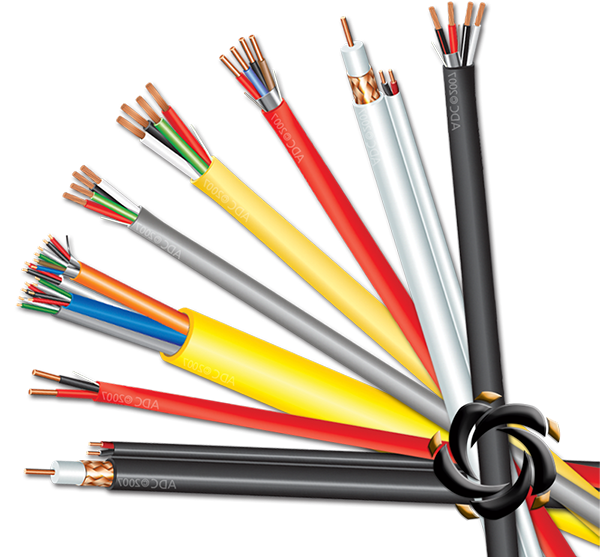The flexibility of the 500 Series Trunk Coaxial Cable allows for more efficient installation in areas with limited access or complex pathways, such as cable trays, under floors, within walls, or across ceilings. This enhanced flexibility enables the cable to bend around corners, pass through narrow openings, and follow intricate routes without causing excessive stress or damage. This is particularly beneficial when routing cables through tight, confined spaces where rigid cables would be difficult to maneuver, ensuring that the installation process remains smooth and free from obstructions. The ability to navigate around structural elements such as beams, conduits, or HVAC systems without needing additional tools or adjustments is a key advantage of this flexibility, allowing for more effective use of space.
When installing the 500 Series Trunk Coaxial Cable in confined or tight spaces, flexibility ensures that the cable can be manipulated and adjusted without excessive bending or pinching. If a cable is too stiff, it could develop sharp bends that might compromise its internal structure, causing signal degradation or even physical damage. Flexibility helps mitigate this risk, as the cable can be routed with more gradual curves, ensuring that it doesn’t experience undue stress, which would otherwise affect its long-term durability and performance. This reduces the potential for damaging the insulation, shielding, or internal conductors, maintaining the cable’s integrity and ensuring optimal signal quality over time.
Flexibility directly impacts the speed of installation, as it allows installers to quickly position and secure the cable without having to apply excessive force or spend time on complex adjustments. In installations where cables need to be routed through several tight turns, narrow spaces, or overhead areas, flexibility ensures that the cable can be guided into place without difficulty. A more rigid cable would require extra tools or significant effort to manipulate, leading to longer installation times. The increased flexibility of the 500 Series Trunk Coaxial Cable helps installers efficiently complete their work, saving valuable time while maintaining quality and accuracy.
Flexibility allows the 500 Series Trunk Coaxial Cable to be managed with ease during installation, as it can be coiled, bent, or stored without creating tangles or knots. In confined spaces, where cable organization is crucial, a flexible cable can be neatly arranged along walls, ceilings, or within cable trays, avoiding the mess and complications that come with stiffer, more rigid cables. Proper cable management reduces the likelihood of future complications, such as tangling or accidental damage, and improves the overall aesthetic of the installation by keeping cables organized and easily accessible for troubleshooting or future upgrades.
The 500 Series Trunk Coaxial Cable’s flexibility makes it versatile in accommodating various types of installations, from simple home setups to complex commercial or industrial systems. It can easily adjust to different installation environments, whether that involves routing cables through ceiling spaces, along exterior walls, or in areas with irregular shapes and obstacles. The ability to adapt to diverse spaces without requiring multiple types of cables or additional equipment simplifies the installation process, allowing installers to use one type of cable across a variety of applications. The cable’s flexibility ensures it can follow the required path, regardless of the space’s configuration or restrictions.
The physical effort required for installation is minimized with a flexible coaxial cable like the 500 Series, which is easier to manipulate and position in tight spaces. When installers work with a stiff or rigid cable, they need to apply excessive force to bend the cable, which increases the risk of strain or injury. The flexibility of the 500 Series cable reduces the physical effort needed to get it into place, improving the overall ergonomic experience for the installer and reducing the risk of repetitive strain injuries. This results in a more comfortable working environment, especially when the installation spans a large area or involves complex routing.
















